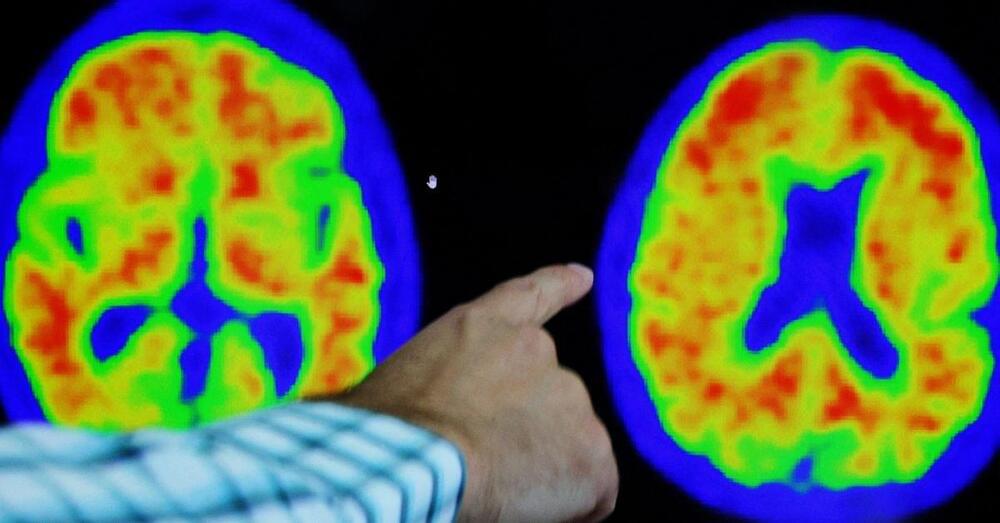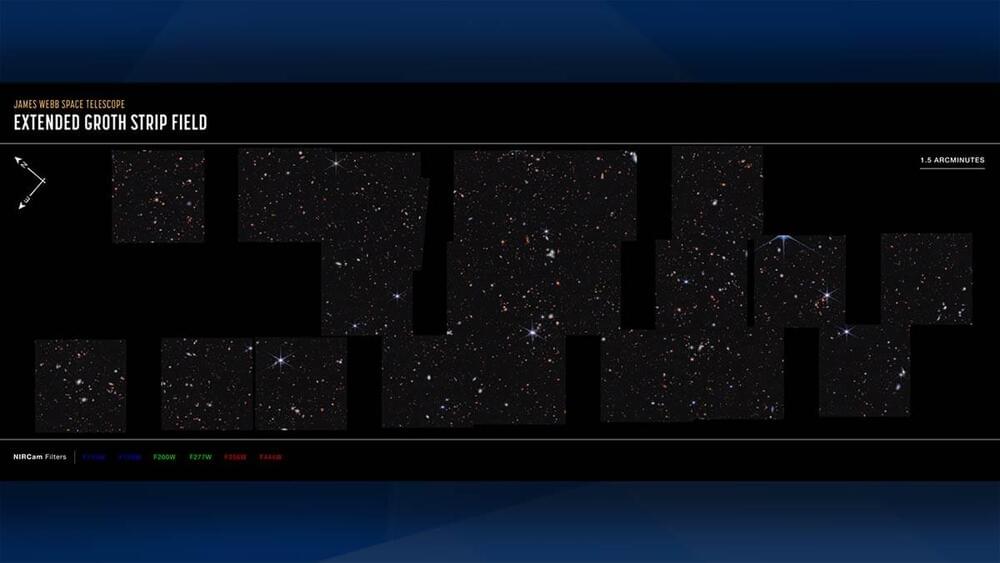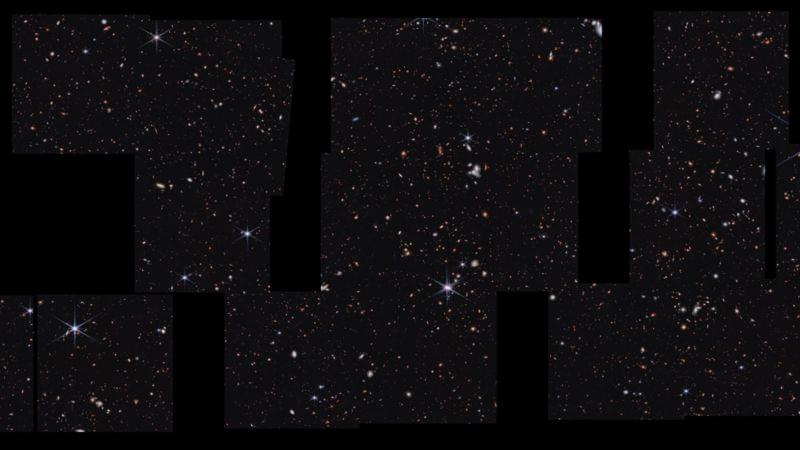July 16 (Reuters) — Alzheimer’s disease experts are revamping the way doctors diagnose patients with the progressive brain disorder — the most common type of dementia — by devising a seven-point rating scale based on cognitive and biological changes in the patient.
The proposed guidelines, unveiled by experts on Sunday in a report issued at an Alzheimer’s Association conference in Amsterdam, embrace a numerical staging system assessing disease progression similar to the one used in cancer diagnoses. They also eliminate the use of terms like mild, moderate and severe.
The revamp — replacing guidelines issued in 2018 — was prompted by the increased availability of tests detecting key Alzheimer’s-related proteins such as beta amyloid in the blood and new treatments that require confirmation of disease pathology prior to use.






